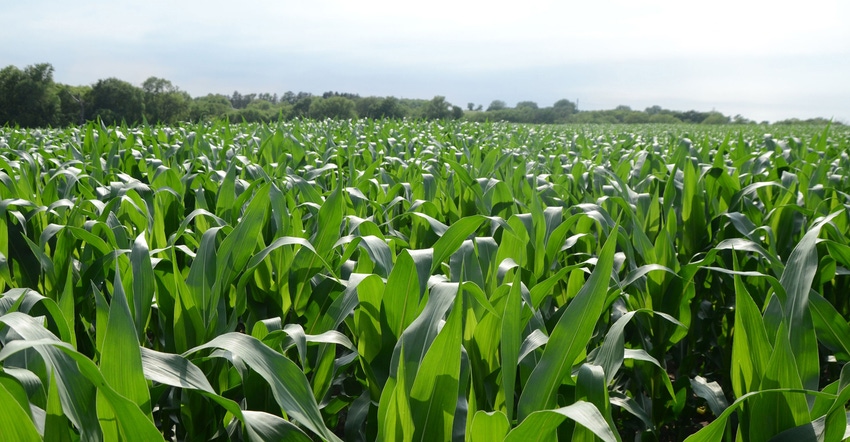
Since early 2020, COVID-19 has taken its toll on the U.S. economy, and Nebraska is no exception. Agriculture is Nebraska's No. 1 industry, and according to a recent analysis by Nebraska Farm Bureau, the state's ag economy could face nearly $3.7 billion in losses because of COVID-19 this year if economic conditions don't improve.
However, even before COVID-19, the average U.S. net farm income had dropped more than 50% since the highs of 2013, Nebraska Farm Bureau President Steve Nelson says.
"We're in some extremely challenging times in agriculture," Nelson says. "Farmers and ranchers were struggling with tight margins before COVID-19, and the effects in the marketplace since then have certainly added to those difficulties and concerns farmers and ranchers are dealing with."
Related: Complete coronavirus coverage
Jay Rempe, senior economist at Nebraska Farm Bureau, describes COVID-19 as a "one-two punch" to agriculture. The first punch came in late February and March, when the hotel and restaurant industries started shutting down, resulting in a loss of income — although some demand shifted to the retail and grocery industries.
In addition, fewer people were traveling, resulting in declining oil prices, which in turn hurt ethanol prices. The second punch came in late March and April with supply shocks from the meat processing sector.
"It was a one-two punch, and oftentimes the industry can deal with a single punch, a demand shock, but when you get both a demand and supply shock … it's really unprecedented," Rempe says.
Rempe emphasizes the estimates are based on a "snapshot" of revenue losses projected for 2020 commodities that make up the bulk of Nebraska's ag economy.
The analysis uses the decline in cash prices between January and mid-May to project potential revenues and sales for Nebraska farmers and ranchers through 2020. This includes a 23% drop in corn price, a 10% drop in soybean price, a 7% drop in wheat price, a 10% drop in fed steer price, and a 5% drop in feeder price.
"I'll note these percentages are off of prices that were already low to begin with," Rempe says. "We had a lot of supplies coming into the year. We had a lot of animals coming into the year. We had a lot of pressure on prices to begin with, so this is on top of some relatively low prices to begin with."
Farm Bureau also used data from the National Cattlemen's Beef Association and the National Pork Producers Council in its analysis. The analysis doesn't account for assistance programs or changes in expenses.
The analysis found a $971 million, or 9%, drop in revenue in the state's beef sector; a $166.5 million, or 20%, drop in revenue in the state's pork sector; a $66.1 million, or 28%, drop in revenue in the dairy sector; a $1.17 billion, or 14%, drop in revenue in the corn and soybean sectors; and a $8.7 million, or 4%, drop in the state's wheat sector.
The analysis also accounted for the decline in revenue in the state's ethanol industry.
"We've had a number of plants shuttered — some of them I understand are going to be shuttered permanently. Others are running at reduced capacity," Rempe says.
It's estimated that Nebraska's ethanol industry is currently operating at 65% capacity, and will reach 75% capacity later this year, compared to 59% in March and April. The analysis uses these estimated percentages, combined with revenue figures from previous years, to calculate an estimated $1.3 billion loss in revenue in the state's ethanol sector for 2020.
With losses in production ag estimated at $2.38 billion, that puts the total at $3.68 billion — and that doesn't account for losses to specialty crops and the livestock processing sector.
However, Nelson notes there have been positives: Nebraska farmers planted corn and soybeans in ideal conditions this spring, finishing in near-record time.
"Despite all the negatives due to COVID-19, farmers and ranchers have continued to do what they do and have done a good job to move forward under different conditions," Nelson says. "As we move forward in the year, the economics of this could be very concerning or troubling. That's why it's important to understand these numbers and continue to think about where ag is headed because it's such a significant part of the state's economy, and production of food is so important to everyone."
Learn more and read the report at nefb.org/covid-19.
Read more about:
Covid 19About the Author(s)
You May Also Like






